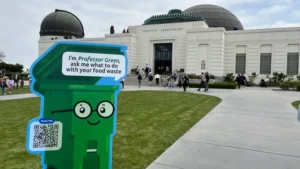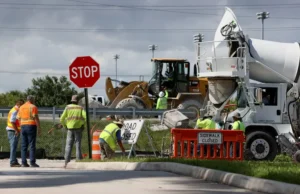Key Takeaways
- The U.S. Air Force has halted plans to use Johnston Atoll for its Rocket Cargo Vanguard program after environmental concerns.
- The program aims to develop commercial rocket delivery capabilities for cargo transport, with commercial vehicles like SpaceX’s rockets as potential candidates.
- The Air Force is exploring alternative sites, having also considered Kwajalein Atoll, Midway Island, and Wake Island for the project.
Shift in Plans for Rocket Cargo Program
The U.S. military has decided to suspend efforts to establish Johnston Atoll as the test landing site for the Rocket Cargo Vanguard (RCV) program. This decision comes after objections from environmental groups, particularly the American Bird Conservancy (ABC), regarding the impact of proposed infrastructure on local wildlife.
Johnston Atoll, located about 900 miles west of Hawaii, was slated for the construction of two rocket landing pads intended to facilitate up to ten landings a year. This program aims to enhance the capability for rapid cargo delivery worldwide, potentially utilizing up to 100 tons of payload via commercial launch vehicles. SpaceX, presently the sole company developing such technology, is viewed as a leading candidate for this initiative.
The Department of the Air Force (DAF) announced in March the intention to conduct an environmental assessment of the atoll but postponed it due to the protests from the ABC. The group has called for a full Environmental Impact Statement to thoroughly evaluate the potential risks associated with establishing rocket landing sites on the atoll. Although the Air Force has paused preparations for the environmental assessment, no official rationale for the decision has been provided.
In its consideration of alternative sites, the Air Force previously evaluated three additional locations: Kwajalein Atoll, Midway Island, and Wake Island, which are already active for U.S. military operations. Ultimately, Johnston Atoll was initially chosen because it supposedly met all operational requirements for the planned four-year test program.
Johnston Atoll has a complex history, having served as a nuclear testing and chemical disposal site until 2004. Since its military abandonment, restoration projects have contributed to the revival of its bird population, which now numbers nearly 1.5 million. Environmental advocates expressed concerns that the introduction of new infrastructure could impair these gains.
While the outcome of the environmental assessment remains uncertain, the military’s response will be officially communicated through the Federal Register. The pause on the Johnston Atoll plan indicates a strategic reassessment by the Air Force, potentially influenced by growing environmental sentiments.
In conclusion, the RCV program represents a significant move towards innovating cargo delivery systems via rockets but must balance development goals with ecological preservation. The upcoming decisions on new test sites will be crucial for both operational effectiveness and environmental stewardship.
The content above is a summary. For more details, see the source article.















